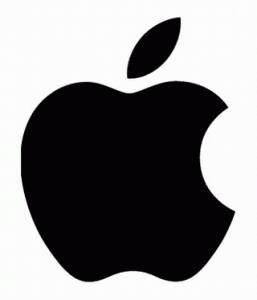
Unfortunately, beating the market isn’t as simple as letting a professional manage your money. First of all, since most of the market is made up of professionals buying and selling stocks, it’s not possible for the average fund manager to reliably beat the market. A recent study found that actively managed funds outperformed index funds by just 0.12% annually, over the past 10 years. (This meant that only 24% of managers outperformed the index funds after accounting for fees — more on that later!)
Second, as I’ll expand on in a moment, large actively managed funds have an additional handicap in that they have to invest a lot of cash, which means going well beyond the manager’s “best ideas.”
Third, you’ll pay a hefty sum in management fees for the privilege of investing in a mutual fund.
Combine these three problems, and it’s suddenly not so surprising that the majority of mutual funds underperform the market.
Given these three issues, it’s a wonder that anyone still invests in mutual funds. The easy availability of broad index ETFs such as the SPDR S&P 500 ETF Trust (NYSEMKT:SPY) (which tracks the S&P 500) allows investors to capture the market’s gains without paying high management fees. Alternatively, disciplined individual investors have a good chance of beating the market by buying and holding solid companies that are trading at reasonable prices.
The disadvantage of size
With so many mutual fund and hedge fund managers trying to maximize returns on trillions of dollars of capital, it’s very difficult for any manager to consistently beat the market. One problem is that managers confront a relatively limited menu of investment options. While many experts argue that small-cap stocks are more attractive than large caps, a big fund manager may not be able to put enough money to work in a $500 million company to justify the research effort. This leaves all the fund managers chasing a relatively small set of large-cap stocks.
Occasionally, mutual funds will be able to find companies that are very large and still growing quickly, such as Apple Inc. (NASDAQ:AAPL) circa 2010. Yet Apple Inc. (NASDAQ:AAPL) could be considered the exception that proves the rule. The stock has dropped dramatically over the past eight months, weighing down many funds. However, managers who have decided to reduce their exposure to Apple Inc. (NASDAQ:AAPL) don’t have many great alternatives: High-growth large caps are a rare lot.
Consider this …
Fidelity’s Magellan Fund is a perfect example of the diseconomies of scale in the investment world. The Magellan Fund performed remarkably well under the management of super-investor Peter Lynch from 1977 to 1990 (with an average annual return of 26.4%). However, the fund had just $100 million in assets when it opened to the public in 1981.
By contrast, the Magellan Fund exceeded $100 billion in assets by 1999 — although it has shrunk significantly since then. The fund has underperformed the S&P 500 by a wide margin over the past 10 years, despite changing managers several times. Much of the poor performance can be attributed to having managers who were far less talented than Lynch, but it would be wrong to ignore the obstacles the mutual fund’s massive size has created.


